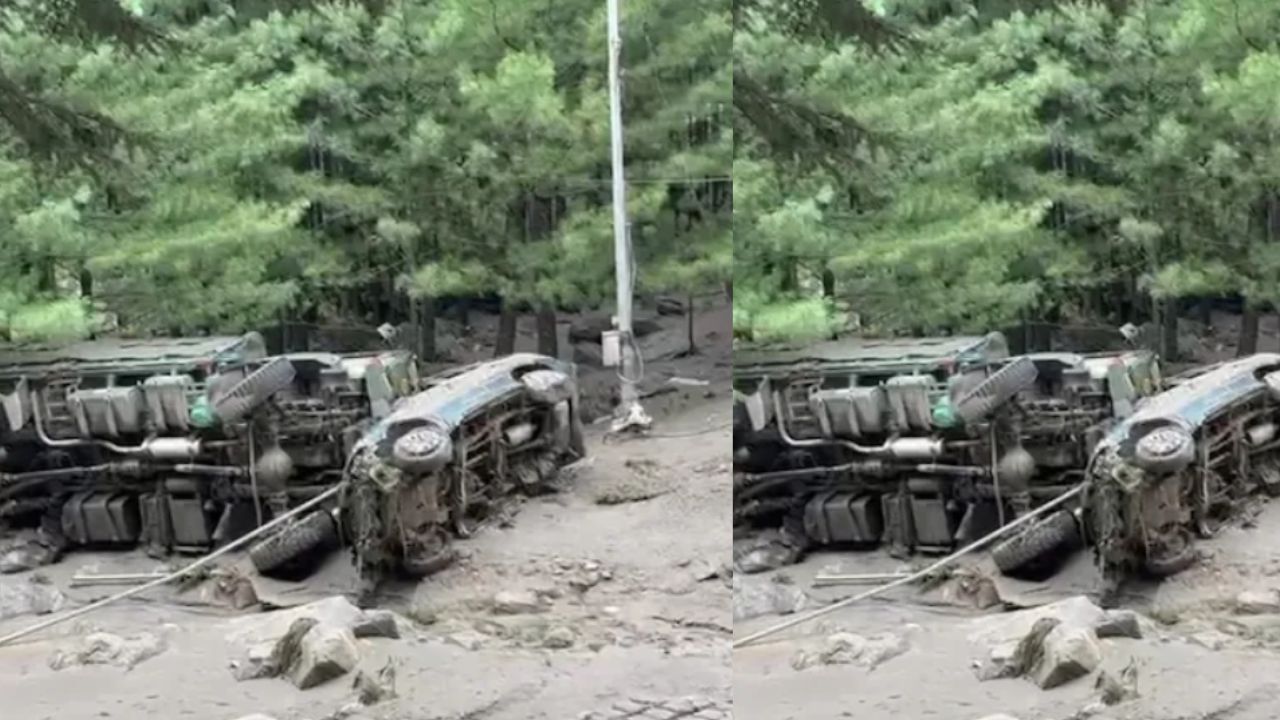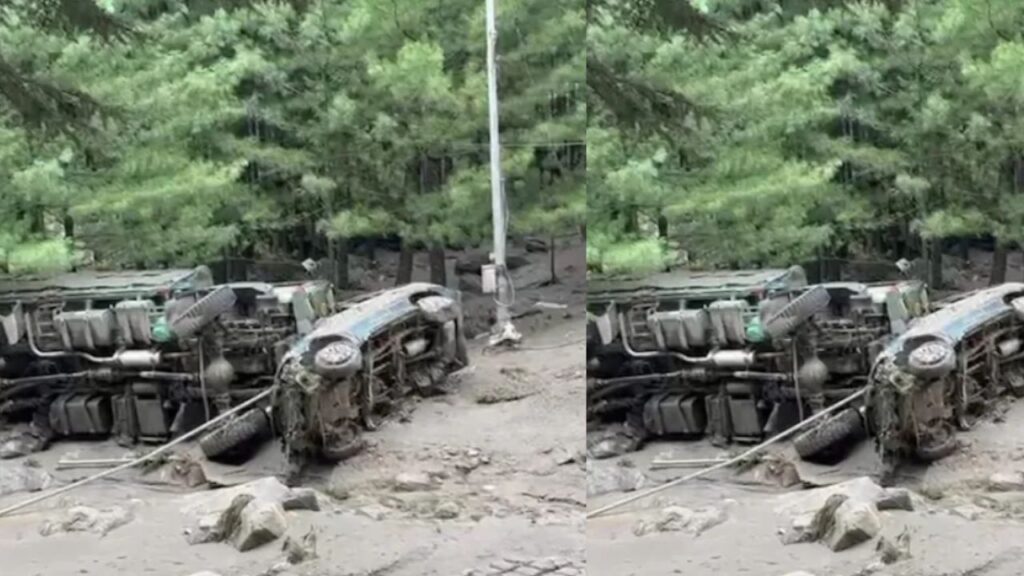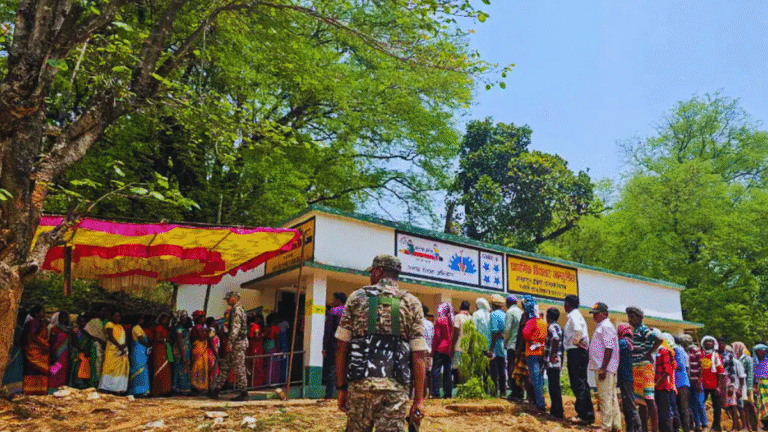
Uttarkashi, Uttarakhand – In the aftermath of torrential rains and sudden floods that ravaged parts of Uttarakhand, an unsettling silence hangs over a remote army transit camp near Dharasu, where nine soldiers and civilians remain missing. What was once a functional route camp nestled in the Himalayan valley has turned into a zone of debris, uncertainty, and relentless search efforts.
ground report from the scene reveals not just the physical devastation, but also the emotional weight borne by rescue teams, locals, and waiting families.
Nature’s Fury Hits Without Warning
The incident occurred earlier this week when a cloudburst followed by flash floods triggered landslides and river overflows across Uttarkashi district. The army camp, located near the Lambagad-Naga area, was caught off-guard in the dead of night. Gushing waters and sliding boulders swept through the facility, damaging structures and engulfing personnel in minutes.
Heavy rains have continued to hamper both communication and relief operations, with road access blocked, and mobile connectivity fragile. The terrain, known for its narrow gorges and volatile river systems, now stands transformed – roads obliterated, riverbanks expanded, and mud covering much of what was once navigable ground.
What NDTV Saw On The Ground
NDTV’s team, among the first national media crews to reach the army camp location, described a grim and challenging atmosphere. Army officials, disaster response forces, and state police were seen combing through rubble and scanning the Bhagirathi River using boats and drones. The ground has turned unstable, requiring specialized rescue tools and extreme caution.
- Personal belongings, torn army uniforms, broken wooden frames, and twisted metal – the remains of the camp – are strewn across the area.
- The air is heavy with silence, only broken by the occasional whistle from a search party or the rumble of an incoming bulldozer.
- Locals, many of whom assist in clearing the rubble or bringing supplies, say they’ve never seen such sudden devastation in this region.
NDTV reporters noted that the camp was not in a landslide-prone zone by official records, raising questions about the growing unpredictability of weather patterns in Uttarakhand’s fragile ecosystem.
Who Are The Missing?
Among the nine unaccounted-for are Indian Army jawans, transit staff, and two local workers. Families have been stationed nearby, anxiously waiting for updates.
A senior army officer told NDTV:
“We are doing everything humanly possible. These are our own, and we will not rest until every effort has been made.”
Rescue Efforts Amid Hostile Conditions
The State Disaster Response Force (SDRF) and National Disaster Response Force (NDRF) have been deployed with support from local administration and Indian Army engineers. However, continuous rainfall and frequent landslides are making it nearly impossible to deploy heavy machinery consistently.
Sniffer dogs, sonar radars, and heat-sensing drones have all been used to trace bodies or signs of life under debris, but as days pass, hope dims.
The Uttarakhand Chief Minister Pushkar Singh Dhami, who conducted an aerial survey earlier, has assured full assistance. “We are coordinating with the central government and the armed forces. Every missing soul will be searched for,” he said.
Climate Change and Fragile Frontiers
This tragedy comes amid growing concerns about climate vulnerability in Himalayan regions. Scientists and experts have long warned that unplanned development, deforestation, and rising temperatures are making areas like Uttarkashi more prone to extreme weather events.

While monsoon rains are expected annually, their intensity and timing have become increasingly erratic – turning nights into disasters, as seen in this case.
Waiting For Closure
As rescue efforts continue day and night, the missing remain unaccounted for. For the families waiting near the wreckage and for the forces digging through landslide debris with bare hands, each hour feels like eternity.
NDTV’s ground report captures the bravery, heartbreak, and bitter reality of a region caught between nature’s fury and human resilience. The Uttarakhand tragedy is a stark reminder that even the best-trained forces remain vulnerable to unpredictable disasters — and that the need for environmental caution and better forecasting systems is more urgent than ever.
Until the nine are found — hope, like the search teams, refuses to stop.






